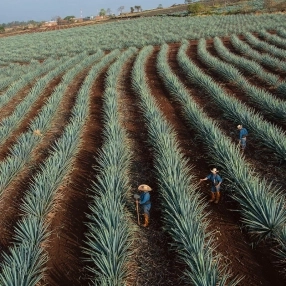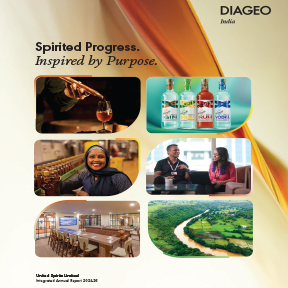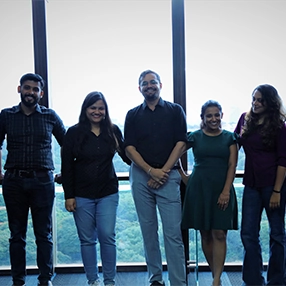Diageo India is among the country’s leading beverage alcohol companies with an outstanding collection of premium brands.
Producing rice demands an immense volume of water - between 1,500 to 7,000 Liters per kilogram and generates high levels of methane. Nearly 77% of emissions in broken rice supply chain occur at the farming stage, making it a priority area for decarbonization. Our broken rice supply is highly dependent on third party distilleries. However, competition for broken rice is rising - biofuel, poultry, and pet food industries are driving demand. This growing pressure is compounded by several systemic challenges, including the depletion of groundwater in sourcing regions, biodiversity loss in paddy ecosystems, climate change impacts, and recent regulatory changes permitting direct export of broken rice. The rising demand, but constrained supply has led to a sharp increase in prices over the past years and continues to mount. To address these complex risks, Diageo has launched a multi-pronged approach that lays the foundation for a resilient, and a supply chain which has lower environmental externalities – water, carbon. These steps include following:
Supply Shed Mapping
We initiated a detailed mapping exercise to trace our broken rice back to its origins. This enables better understanding of supply chain emissions and identification of sourcing regions with the highest decarbonization potential.
Refining Carbon Footprint
Refining the carbon footprint of broken rice was a crucial step in ensuring that our sustainability strategies are grounded in accurate, crop-specific data. The earlier estimates were based on proxy values of full rice that did not reflect the actual production practices or inputs associated with broken rice. This exercise allowed us to align our emissions accounting with the realities of our supply chain, enabling more targeted interventions, credible reporting, and informed decision-making. It also helped us identify opportunities to source from lower-carbon regions and prioritize practices that can meaningfully reduce our environmental impact.
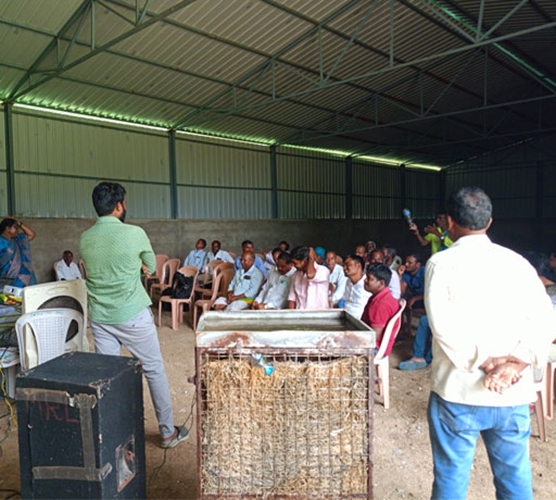
Regenerative Agriculture Pilot
In Telangana’s Nizamabad district, we launched a regenerative agriculture program aimed at promoting sustainable rice farming practices, starting with 500 hectares and set to expand to 2,000 hectares by the third year. Implemented by the Centre for Sustainable Agriculture (CSA), the initiative focuses on training and extension support for techniques such as Alternate Wetting and Drying (AWD), direct seeding, cover cropping, and eliminating residue burning. In addition to technical practices, the program emphasizes farmer engagement through institution-building and mentorship to ensure long-term adoption. It also includes establishing key performance indicators and conducting baseline assessments to monitor progress. To date, the pilot has reached 804 hectares and engaged 439 farmers, with early results showing encouraging uptake - 160 hectares have already adopted cover cropping.
Monitoring, Reporting & Verification (MRV)
Authentic measurement and third-party verification are essential to ensure credibility and transparency in our sustainability efforts. CarbonFarm is leading the monitoring process using remote sensing technologies and methodologies aligned with the IPCC to assess water and carbon impacts. At the ground level, the Centre for Sustainable Agriculture (CSA) will collect farm-specific data and contributing to overall impact reporting using CoolFarm Tool. To validate our claims, LRQA will conduct independent verification and issue producer assurance certificates.
Partnerships for Scale
To decarbonize a broader rice sourcing footprint of approximately 200,000 hectares, efforts are underway to scale interventions through collaborative approaches. Insights from the ongoing pilot are informing the design of a 20,000-hectare expansion aimed at reducing an estimated 94,000 tonnes of CO₂e over five years. This next phase will build on proven regenerative practices and focus on increasing climate resilience across key sourcing regions. Through participation in global sustainability platforms, we are also aligning with shared standards and best practices to enhance the efficiency and impact of climate-smart rice farming.
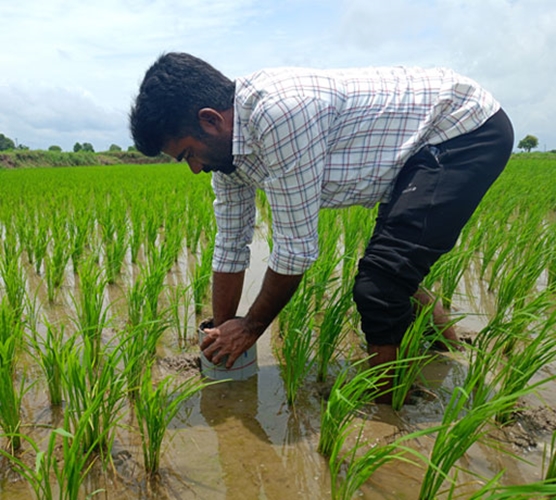
Towards Sustainable Broken Rice Supply
While we continue to implement our own regenerative agriculture programme, we are also exploring opportunities to source broken rice that is grown sustainably, with lower carbon and water footprints.
This includes engaging with new suppliers who are developing sustainable production models, increase their awareness about regen agriculture. Commercial discussions are ongoing to assess the feasibility of scaling regenerative practices through external partnerships, allowing us to determine whether to expand our impact through in-house implementation or strategic sourcing from low-carbon supply chains.
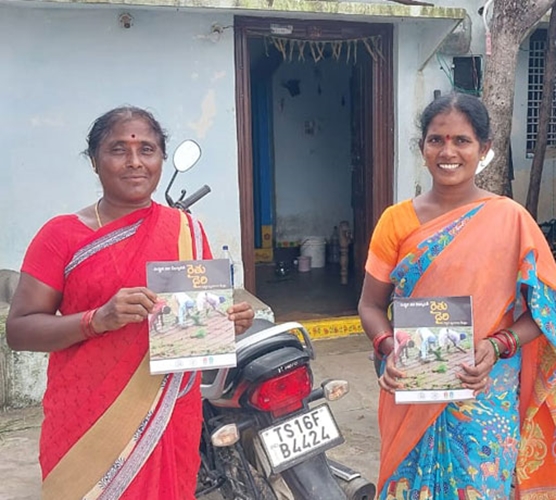
Our Commitment
We are transforming our broken rice supply chain through traceability, emission transparency, farmer-first practices, and credible partnerships. Diageo's approach to sustainable sourcing is ambitious, science-based, and rooted in local collaboration. By investing today, we are safeguarding tomorrow’s supply, communities, and climate.
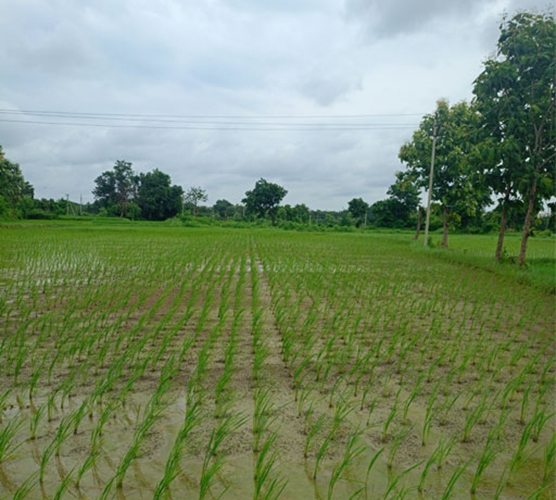
Our Spirit of Progress targets
- Implement regenerative agriculture programmes by 2030.
- Provide agricultural skills and resources through regenerative agriculture and other programmes to strengthen the resilience and economic prosperity of smallholder farmers in our most important ingredient-sourcing landscapes.




